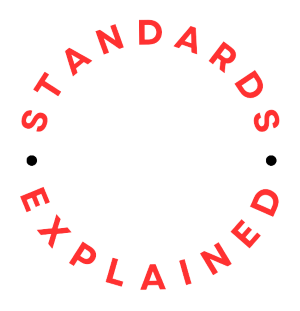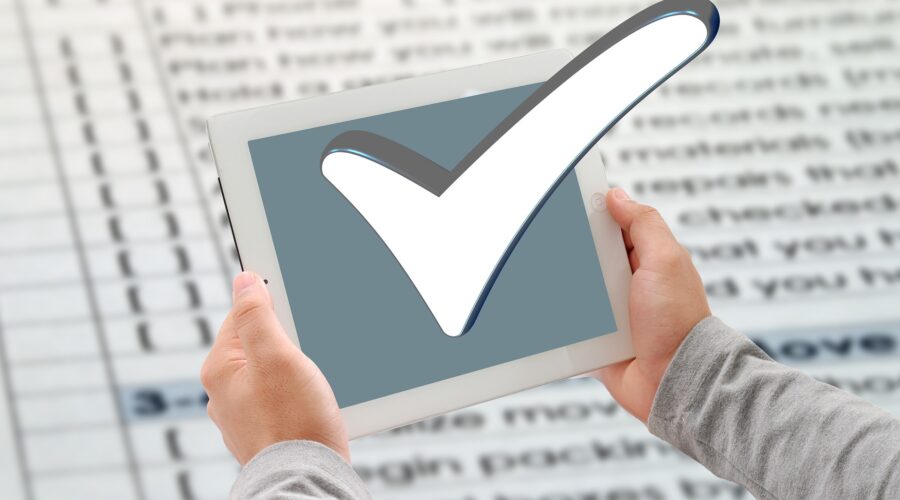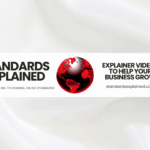ISO 9001:2015 Quality management systems — Requirements is the standard for quality management and is, arguably, the most recognized international standard. It helps organizations of all sizes and sectors to improve their performance, meet customer expectations, and demonstrate their commitment to quality. ISO 9001 specifies how to establish, implement, maintain, and continually improve a quality management system (QMS). See the related standard, ISO 9004, on the quality of an organization to achieve sustained success.
A revised version of ISO 9001 is expected to be published in September 2026.
What does it cover?
| Introduction |
| 1 Scope |
| 2 Normative references |
| 3 Terms and definitions |
| 4 Context of the organization |
| 4.1 Understanding the organization and its context |
| 4.2 Understanding the needs and expectations of interested parties |
| 4.3 Determining the scope of the quality management system |
| 4.4 Quality management system and its processes |
| 5 Leadership |
| 5.1 Leadership and commitment |
| 5.2 Policy |
| 5.3 Organizational roles, responsibilities and authorities |
| 6 Planning |
| 6.1 Actions to address risks and opportunities |
| 6.2 Quality objectives and planning to achieve them |
| 6.3 Planning of changes |
| 7 Support |
| 7.1 Resources |
| 7.2 Competence |
| 7.3 Awareness |
| 7.4 Communication |
| 7.5 Documented information |
| 8 Operation |
| 8.1 Operational planning and control |
| 8.2 Requirements for products and services |
| 8.3 Design and development of products and services |
| 8.4 Control of externally provided processes, products and services |
| 8.5 Production and service provision |
| 8.6 Release of products and services |
| 8.7 Control of nonconforming outputs |
| 9 Performance evaluation |
| 9.1 Monitoring, measurement, analysis and evaluation |
| 9.2 Internal audit |
| 9.3 Management review |
| 10 Improvement |
| 10.1 General |
| 10.2 Nonconformity and corrective action |
| 10.3 Continual improvement |
| Annex A Clarification of new structure, terminology and concepts |
| A.1 Structure and terminology |
| A.2 Products and services |
| A.3 Understanding the needs and expectations of interested parties |
| A.4 Risk-based thinking |
| A.5 Applicability |
| A.6 Documented information |
| A.7 Organizational knowledge |
| A.8 Control of externally provided processes, products and services |
| Annex B Other International Standards on quality management and quality management systems developed by ISO/TC 176 |
Implementing ISO 9001
Implementing a QMS involves a structured approach to ensure that your organization consistently meets customer and regulatory requirements while continually improving its processes and products or services.
Management Commitment and Leadership
- Top management should demonstrate their commitment to quality by setting a clear vision and objectives for the QMS.
- Appoint a Quality Manager or Quality Management Representative to oversee the implementation.
Establish the Quality Policy
Define a quality policy that reflects the organization’s commitment to quality and conformity with ISO 9001 requirements. The policy should be communicated throughout the organization.
Define the Scope of the QMS
Determine the scope of your QMS by identifying the processes, products, and services that will be covered by ISO 9001 certification.
Identify and Document Processes
- Identify all the processes within the scope of the QMS.
- Document these processes, including their inputs, outputs, objectives, responsibilities, and interactions.
Risk-Based Thinking
Assess risks and opportunities associated with your processes and establish plans to address them effectively.
Quality Objectives
Establish measurable quality objectives that align with your organization’s goals. These objectives should be SMART; that is, specific, measurable, achievable, relevant, and time-bound.
Resource Allocation
Ensure that you allocate the necessary resources (human, financial, infrastructure, etc.) to support the QMS effectively.
Competence and Training
- Identify the competencies required for each role within the QMS.
- Provide training and development to ensure that employees have the necessary skills and knowledge.
Documentation and Record Keeping
Create and maintain documentation required by the ISO 9001 standard, including quality manuals, procedures, work instructions, and records.
Operational Planning and Control
- Develop processes to control your operations, ensuring that they are carried out as planned.
- Monitor and measure processes to ensure they are effective.
Supplier Management
- Implement a process for selecting and evaluating suppliers.
- Ensure that suppliers meet your quality requirements.
Monitoring and Measurement
- Establish a system for monitoring and measuring the performance of your QMS and processes.
- Use key performance indicators (KPIs) to track progress.
Nonconformity and Corrective Action
- Develop a process for identifying and addressing nonconformities.
- Implement corrective and preventive actions to prevent recurrence.
Management Review
Conduct regular management reviews to assess the QMS’s performance and identify opportunities for improvement.
Continual Improvement
- Foster a culture of continual improvement by encouraging employees to suggest and implement improvements.
- Use the Plan-Do-Check-Act (PDCA) cycle for continual improvement.
Internal Audits
Schedule and conduct regular internal audits to assess the QMS’s conformity and effectiveness.
Certification Audit
Engage a third-party certification body to perform an external audit to assess your QMS’s conformity with the ISO 9001 standard.
Certification and Maintenance
- After successfully passing the certification audit, your organization will be granted ISO 9001 certification.
- Maintain and continually improve the QMS to ensure ongoing conformity.
Further words of advice…
It is important to note that conformity with ISO 9001 is an ongoing process and so the organization should continually review and improve its QMS to ensure it remains effective and aligned with changing business needs and customer requirements.
See also ISO 9004 on the quality of an organization to achieve sustained success.
ISO 9001 can be purchased through the ISO.org website.














Comments (0)